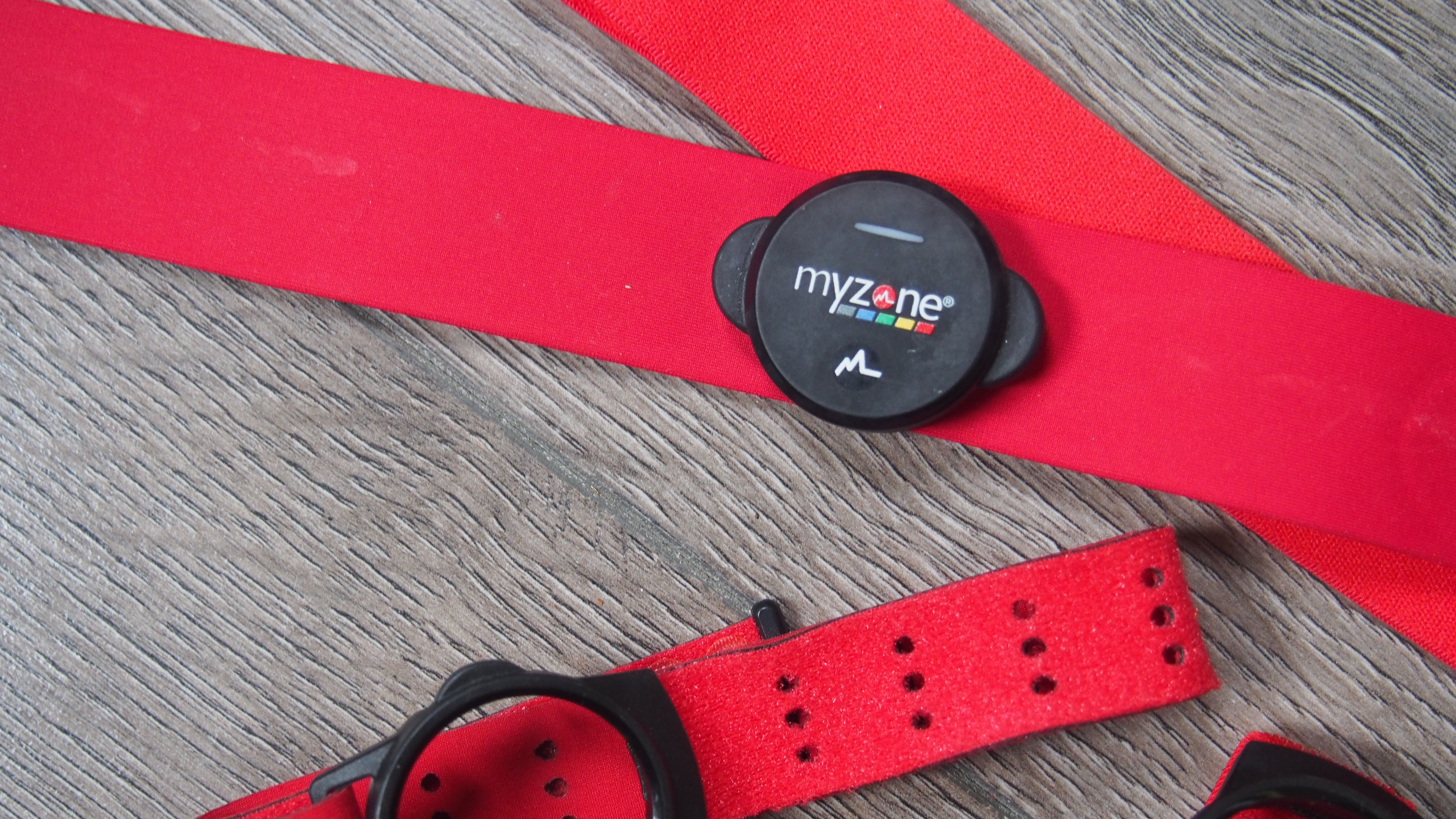
The MyZone MZ-Switch is a heart rate monitor for the type of fitness fan who likes to mix up their workouts and also likes the idea of having more freedom to move that monitor around. All while still getting accurate heart rate data when working up a sweat. It does that using two sensor technologies and gives you the option to wear it on your wrist, arm, or chest with recommendations made on where to wear it based on the exercise type.
MyZone MZ-Switch: Price and availability
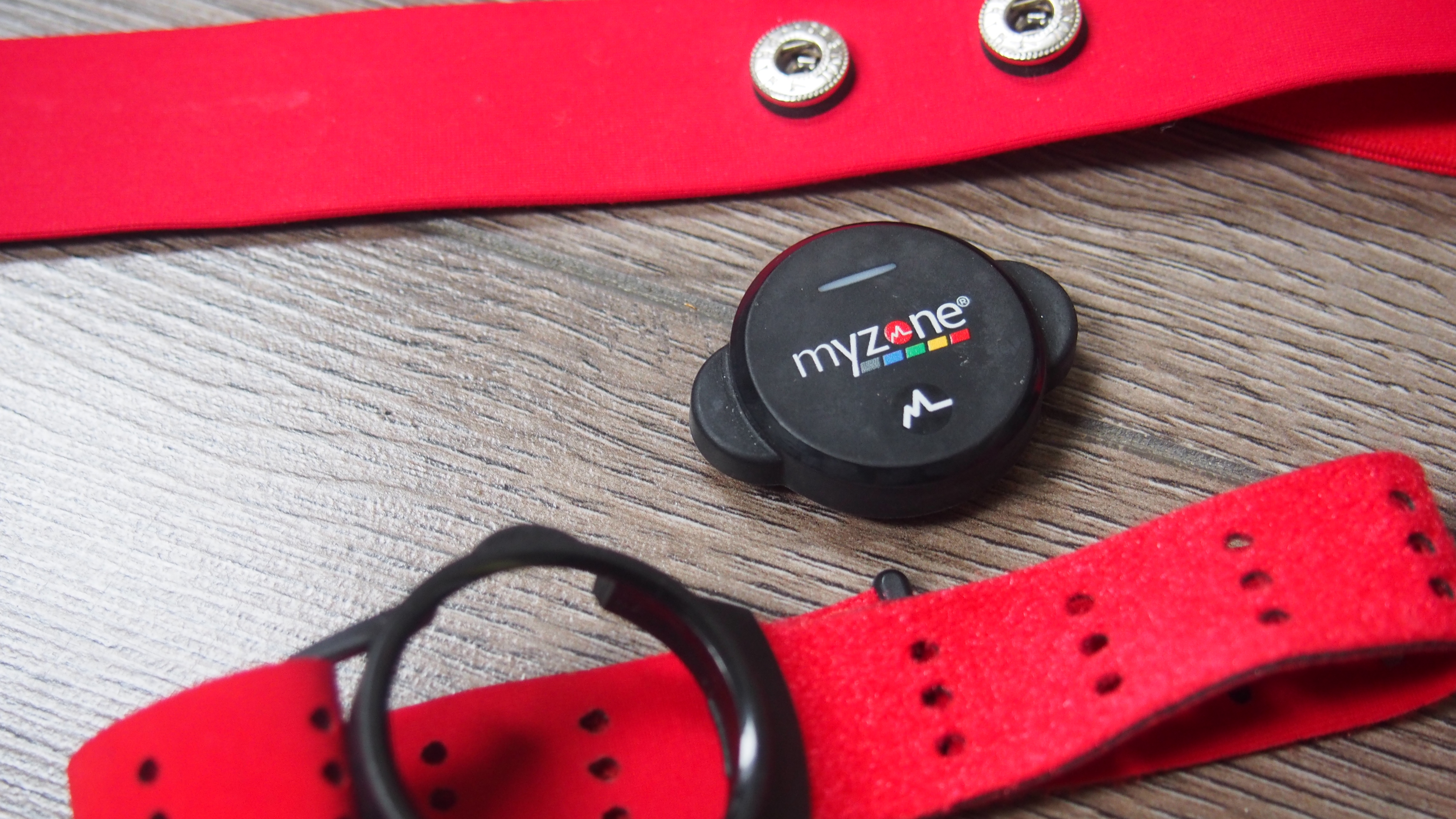
The MyZone MZ-Switch was announced and launched back in March 2021 and costs $159.99/£139.50, so this is one of the most expensive heart rate monitors you can pick up. That’s more expensive than the Polar H10 and Garmin’s HRM Pro Plus heart rate monitor chest straps, which both sit above that $100/£100 price mark.
MyZone MZ-Switch: Specs and features
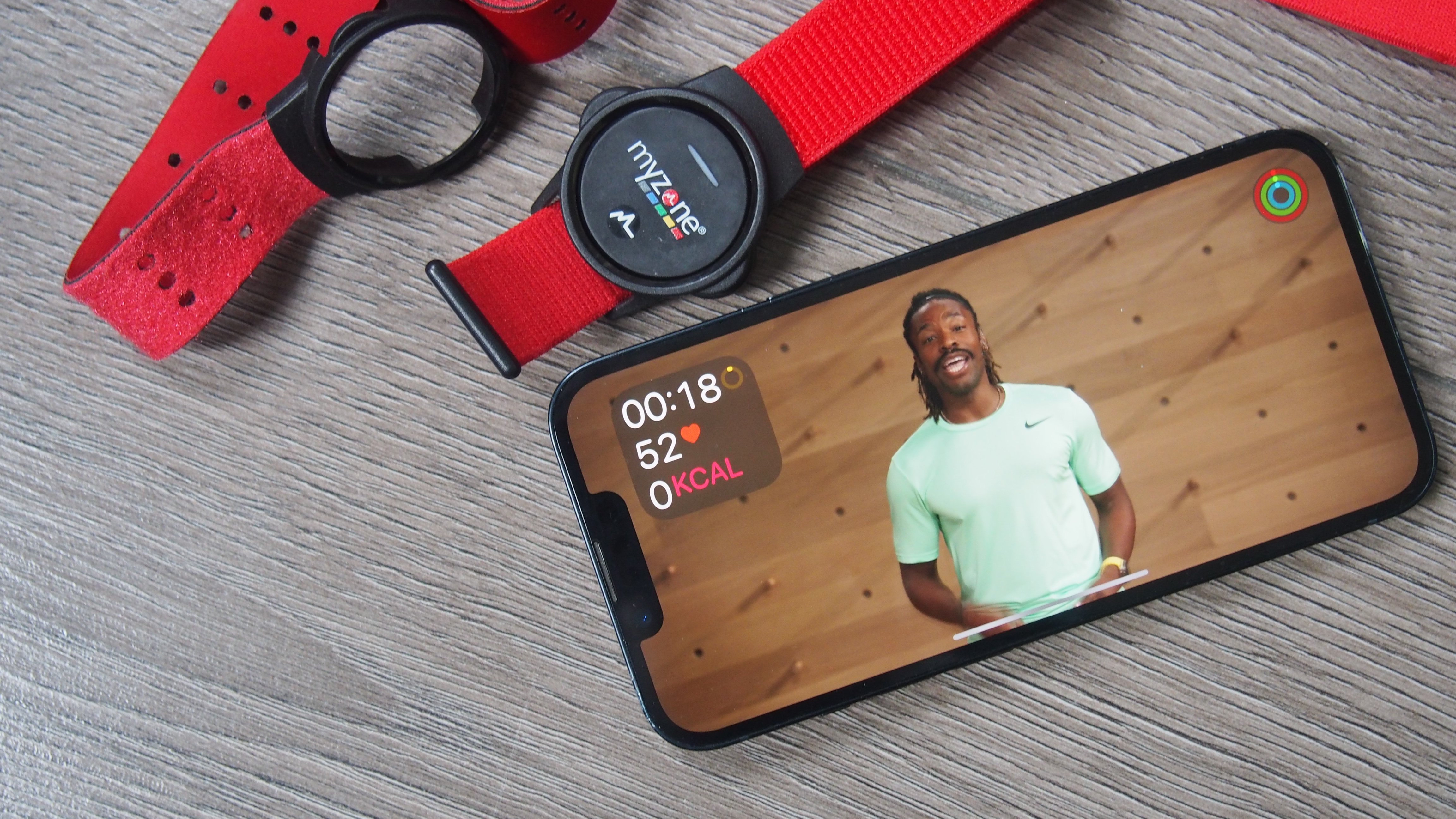
As mentioned, the MZ-Switch uses two sensor technologies. There’s an ECG one commonly found in chest strap monitors and an optical sensor similar to what’s found inside of heart rate tracking watches. MyZone doesn’t put both sensors to use at the same time and instead uses them where it feels it can get the best results. So it will use the ECG tracking when it’s worn on the chest and the optical sensor setup when it’s strapped to your wrist or upper arm. The sensor itself is waterproof up to 10 metres making it safe for swimming, includes storage for up to 36 hours of workout time and offers both Bluetooth and ANT+ connectivity to pair it to your devices.
MyZone MZ-Switch: Build and Performance
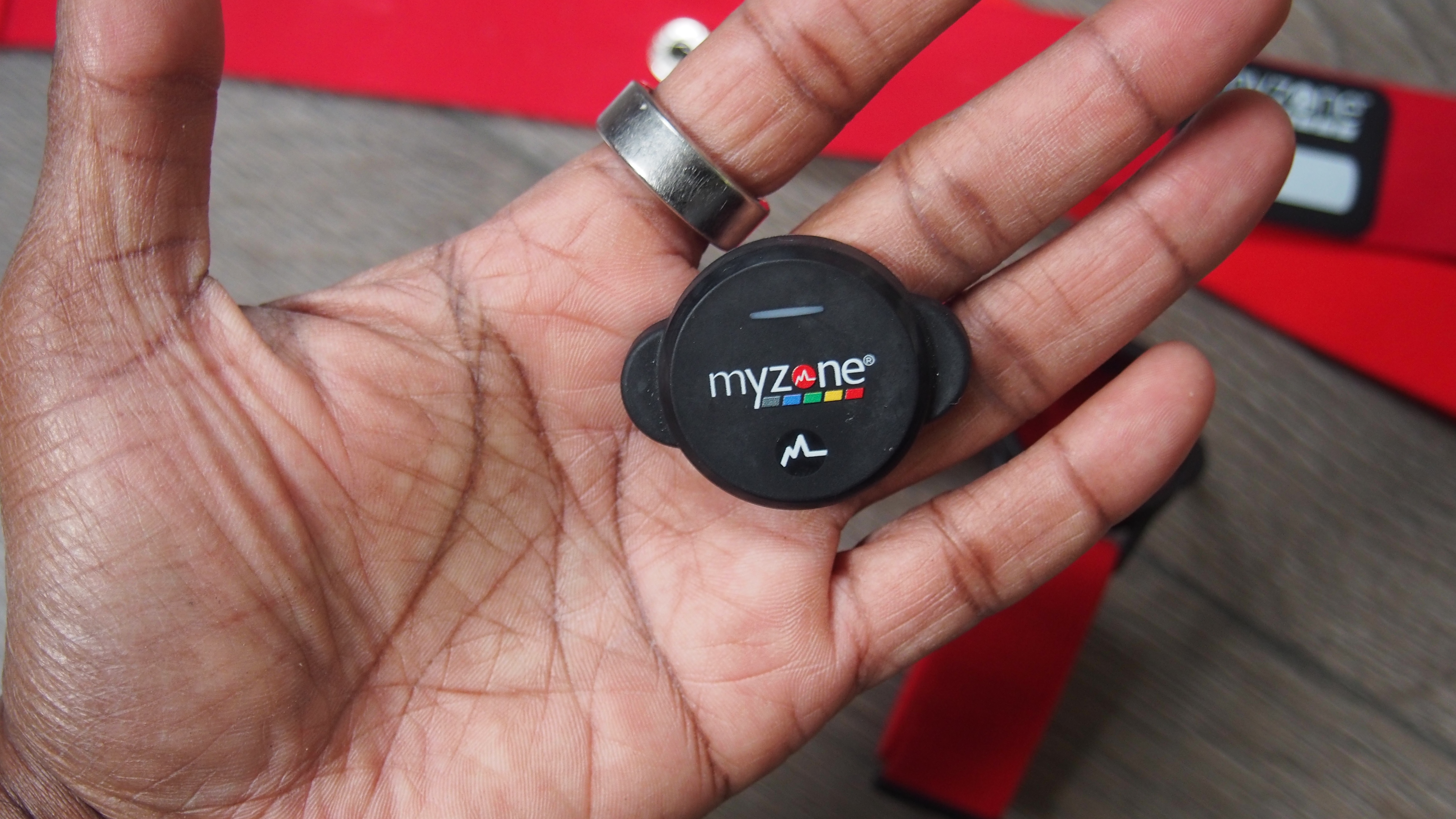
The design of the straps used to wear the Switch on your chest, wrist, or arm all slightly differ, but ultimately are well designed to ensure they sit snug, keep the sensor secure, and ensure you get the best accuracy. MyZone usefully makes wearing recommendations based on sports and exercises to make sure you get the most reliable data.
Stick to those recommendations and the performance is very good on the whole, but ultimately you’re going to want to wear it on your arm or chest for high-intensity workouts. If you’re wearing it on your wrist or arm, the LED light on the sensor is used to indicate the current heart rate zone based on a color code, which is a nice feature to have to gauge how hard you’re working. Connecting it to an Apple Watch was no problem at all and the promise of 3-6 months of battery life using a mix of both sensors seems to be a reliable figure based on our testing time.
MyZone MZ-Switch: Competition
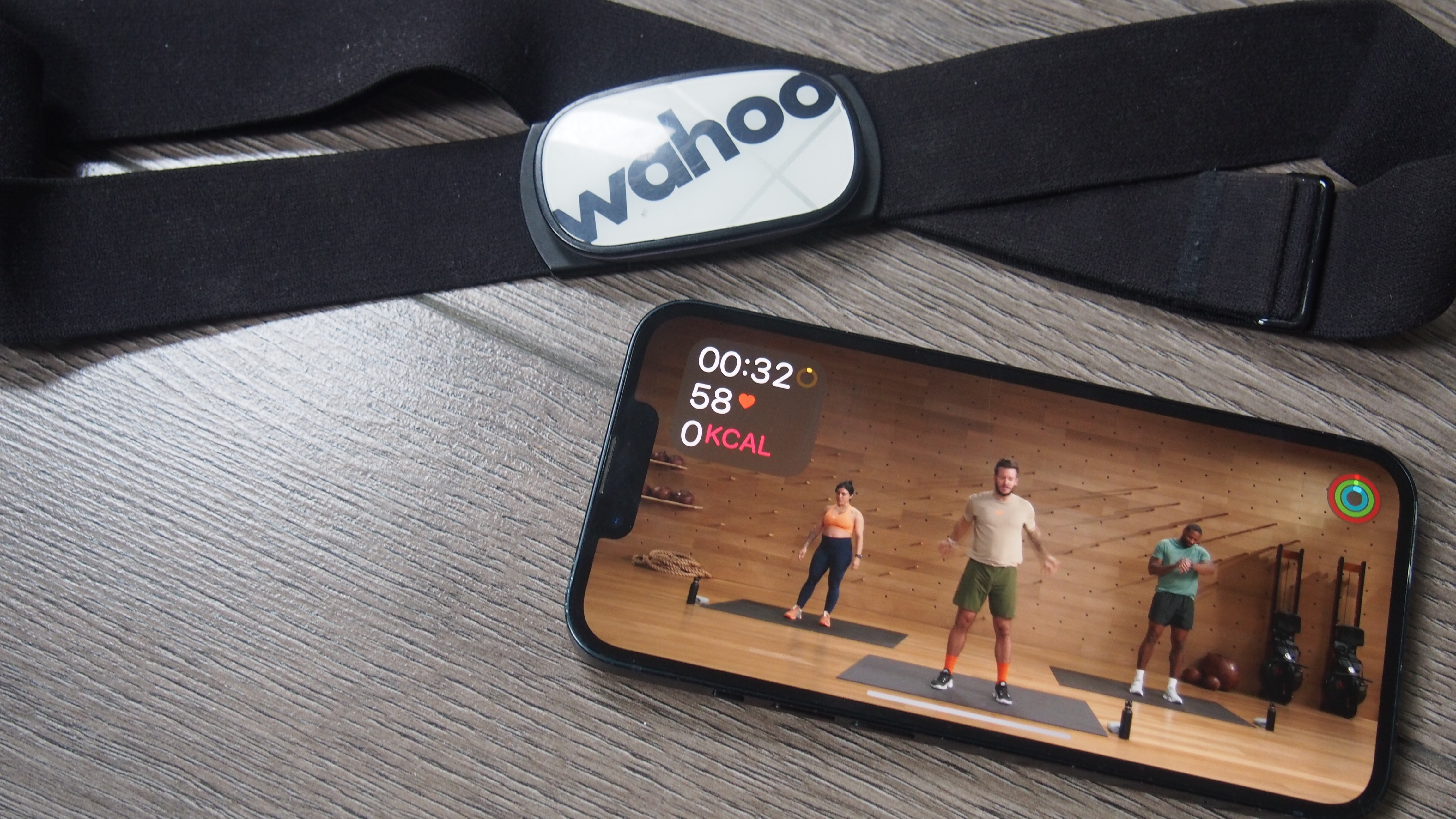
The MyZone MZ-Switch is pretty unique in the fact that there is no other heart rate monitor that gives you the same flexibility in terms of wearing options. There are other brands that offer both chest strap and armband monitors and you could feasibly spend slightly similar money on two devices to get a similar experience though, you’d still need to have two devices as opposed to the all-in-one solution that MyZone offers here.
MyZone MZ-Switch: Should you buy it?
You should buy it if…
- You want to track your heart rate from different places
- You like viewing your heart rate zones
- You’re happy to look after multiple straps
You shouldn’t buy it if…
- You don’t mind wearing a heart rate monitor chest strap for all workouts
- You want a better value heart rate monitor
MyZone MZ-Switch: Verdict
The MyZone MZ-Switch does a really good job of catering to people who are happy to wear chest strap monitors for some classes but find it a nuisance for other workouts. It’s simple to switch to different wearing positions and the heart rate accuracy on the whole is very good, especially if you stick to MyZone’s recommendations on where to strap it on.
There are some nice extras here like the heart rate zone indicator and battery life is solid too. It does come at a price that puts it above most other monitors. If you can stomach the cost in exchange for that versatility, you’ll get a great monitor for a range of workouts.
The bottom line
It might be slightly more expensive than the competition, but you get a more accurate monitor with more features for the extra cost.







